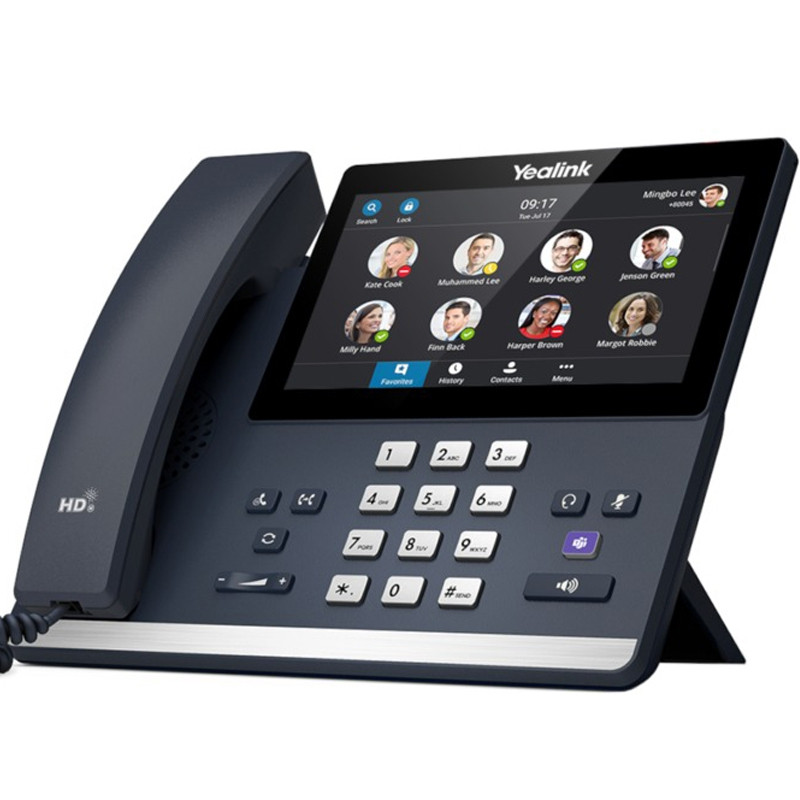

In conjunction with its integration into Meetings and Office 365, it also has auto attendants for meetings, camp-on, device switching, Skype calling, team calling, and video call monitoring. It includes caller ID, call hold/retrieve, queues, call waiting and forwarding, voice mail, music on hold, and call delegation (among other options). Skype Cloud PBX offers features to be expected of regular land-line systems, as well as unique cloud options. Due to these multiple integration options, Skype Cloud PBX can be run entirely through the cloud or managed alongside physical, on-site communications (such as land-line phones). This system, called Skype Cloud PBX, uses either a company’s regular land-line phone system or Skype’s PSTN calling services to manage phone calls.
#Is skype for business compatible with skype free
Skype Cloud PBXīesides the extended conferencing, Skype for Business offers an advanced call management system unavailable in the free version of Skype.

PSTN calling is used on both versions to reach domestic and international phone numbers, which is a paid service. The free version of Skype does have PSTN calling, but not for large-scale meetings. The Broadcast mode has several roles available for users: Organizer, Producer, Event team members, and Attendees (the 10,000 or less participants who watch online).įor businesses or employees who need to use a phone, Skype for Business also offers PSTN conferencing as a per-user add-on, which allows Skype meetings to be joined from a dial-in number instead from an app interface. Analytics are available for the hosts to interpret the traffic of these large broadcasts. Skype for Business is also optimized with Bing Pulse and Yammer, so users can add polling and conversations for the extended audience. All production controls are integrated within Skype, removing the necessity for any outside hosting software, and the broadcast can be watched later if the host uses Microsoft Azure to record it. Using Skype Meeting Broadcast, a meeting can furthermore be broadcast online to up to 10,000 participants. Skype for Business offers more options in conferencing as well. With Skype for Business, a video conference can host up to 250 users. The regular edition of Skype allows for video conferencing with up to 25 users for free. Skype is known for its video call capability, and video conferencing, particularly user limits, is the primary area where these two versions of Skype differ. However, Skype for Business includes more enterprise-optimized options and is available within Office 365, while the free version of Skype is aimed at non-commercial use or small businesses. Skype also provides some file transfer ability within its messaging interface. Both versions allow users to message one or more users, have peer-to-peer or group audio and video calls, and hold meetings.


Skype’s basic functionality, in both versions, is as an instant messaging and Voice over Internet Protocol (VoIP) service. In 2015 it re-branded Lync as Skype for Business, meaning that, although both versions of Skype are similar at their core, they have functional differences stemming from their background as separate applications. However, at the time Microsoft also owned an in-house collaboration product, called Lync, for business use. Microsoft acquired Skype in 2011 as the popular free version of Skype in use today. Skype is a communications product provided by Microsoft, both in free and enterprise options.


 0 kommentar(er)
0 kommentar(er)
